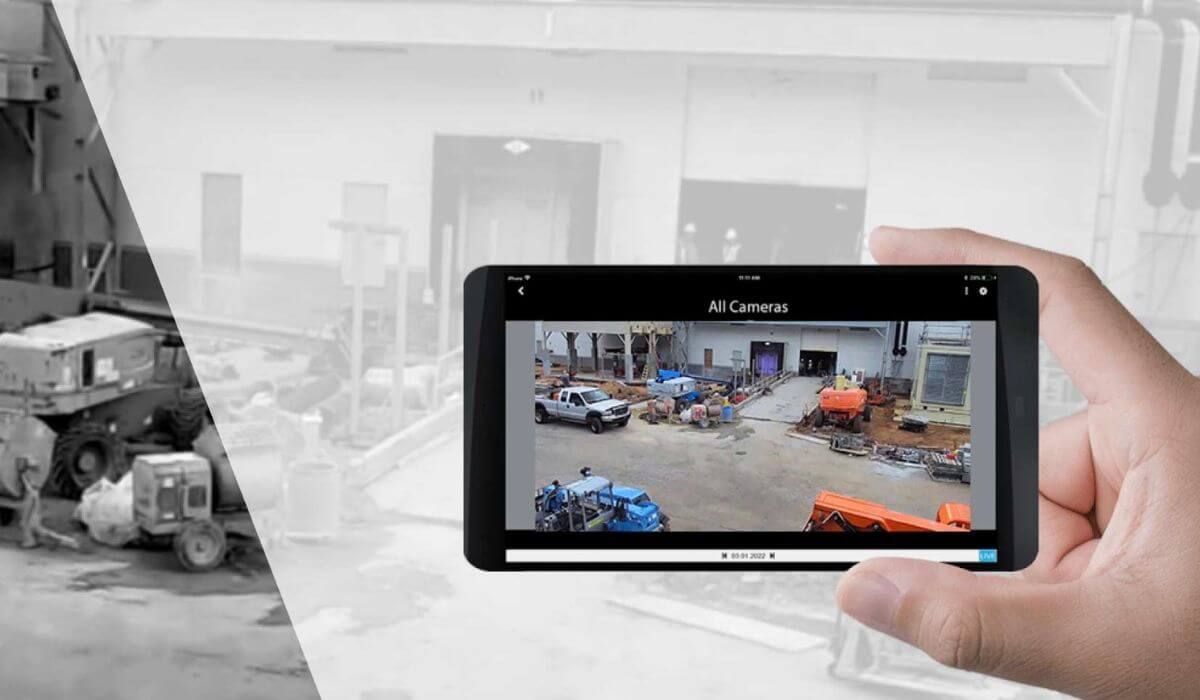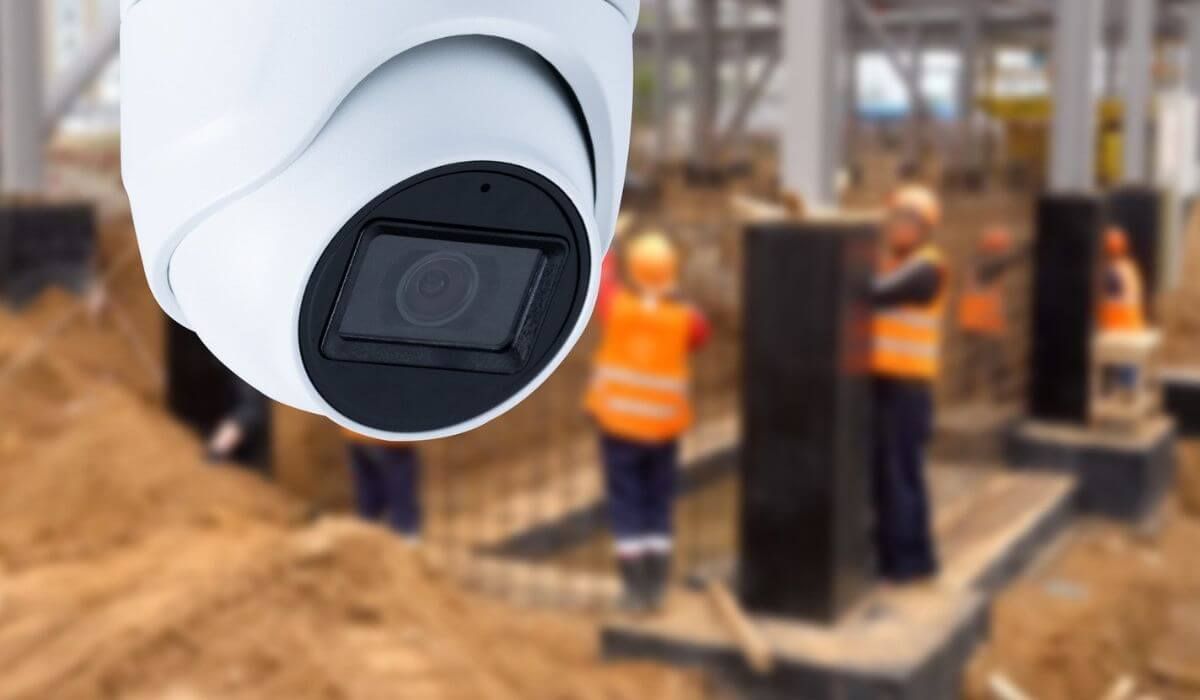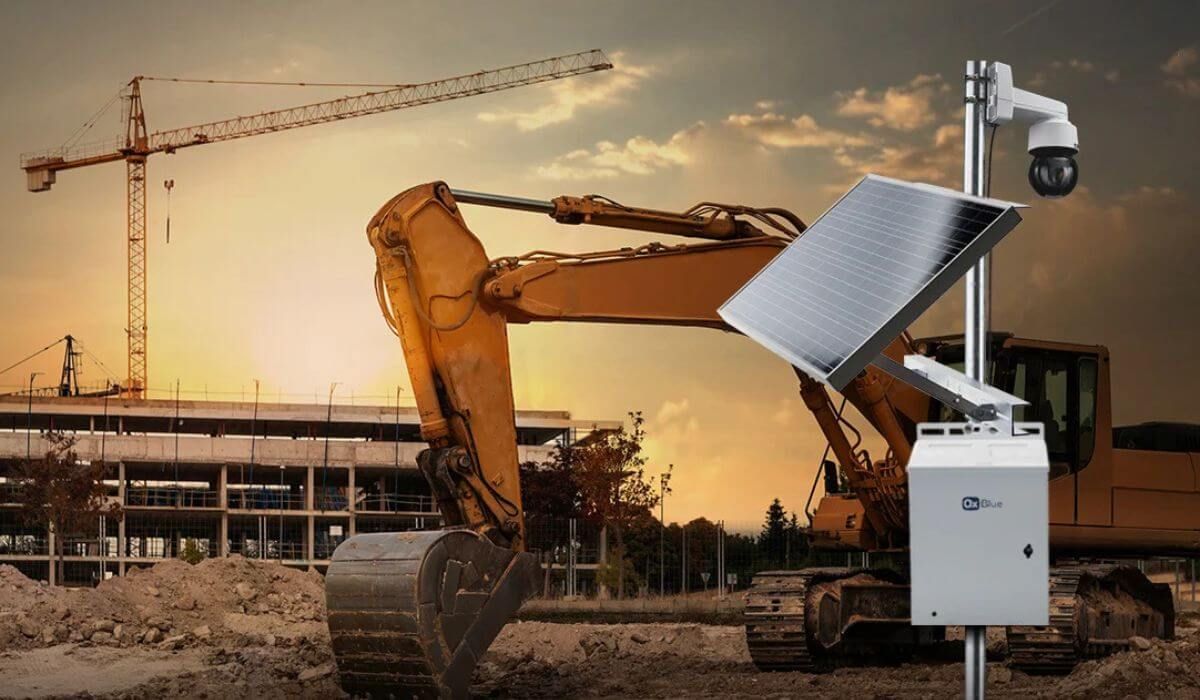Weatherproofing Outdoor Solar Cameras for Year-Round Protection
Protecting Your Outdoor Solar Cameras Year-Round Starts Here
As Australia continues to face increasingly unpredictable weather—scorching heat, coastal storms, and winter rain—many homeowners and businesses are turning to solar-powered security cameras to maintain round-the-clock surveillance, especially in off-grid or remote areas. But here’s the catch: if these cameras aren’t properly weatherproofed, you could be left with blurred footage, drained batteries, or worse—complete system failure.
In fact, recent surveys show that nearly 40% of outdoor solar camera issues reported in NSW during 2024 were due to poor weatherproofing or improper installation.
So how do you make sure your system stays reliable regardless of conditions? Scavi is here to walk you through real-world techniques and smart steps to improve the durability and performance of your solar security system.
Why Weatherproofing Outdoor Solar Cameras Matters
The Risks of Unprotected Outdoor Cameras
Leaving a solar security camera exposed without protection can lead to:
- Water damage from rainstorms or flooding
- Dust and debris buildup are affecting lens clarity and motion detection
- Snow or heat affecting the performance of solar panels and batteries
- Humidity seeping into wiring and ports
We’ve seen countless cases where well-reviewed cameras fail within months, not because the product is flawed, but because weather exposure was never addressed.
User Expectations for Outdoor Security in Harsh Conditions
Today’s users expect smart security to:
- Work seamlessly
in all seasons
- Require minimal manual intervention
- Support
remote locations where power and internet are limited
That’s why
solar-powered cameras are gaining popularity—but only when paired with proper weatherproofing techniques.
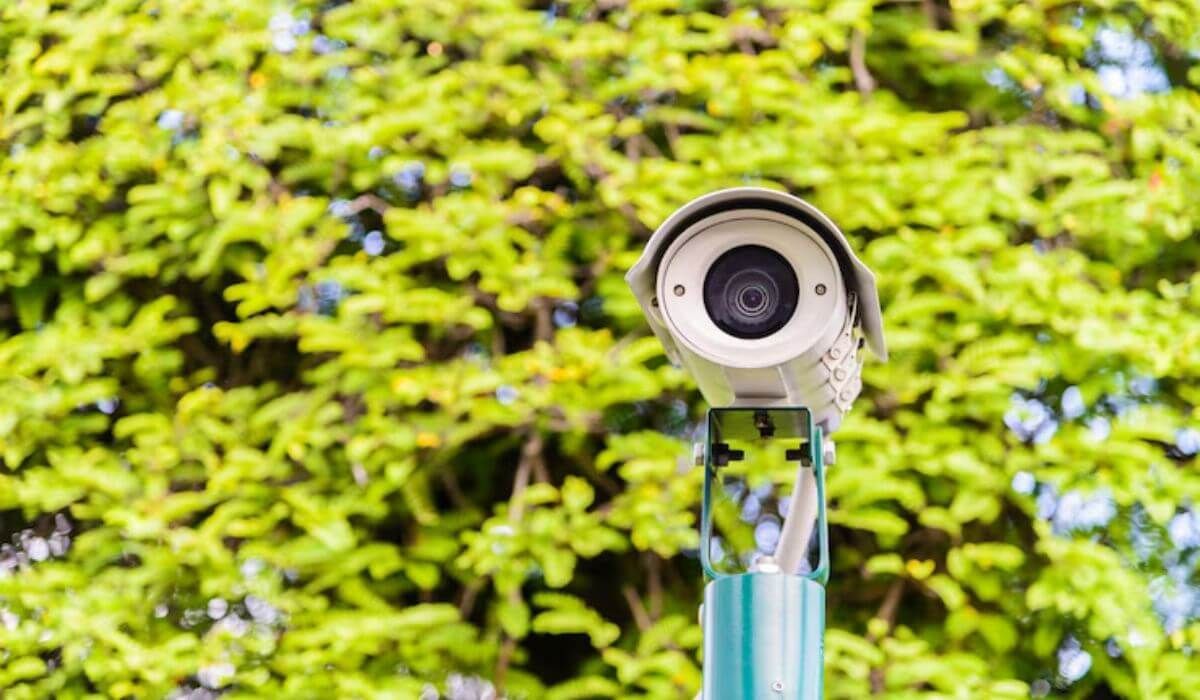
Key Features of Weatherproof Outdoor Solar Cameras
Understanding IP Ratings and What They Mean
Look for a minimum of IP65 if you're in a mild climate. For harsher conditions (like coastal or rural zones), go for:
- IP66 or IP67: These ensure resistance to strong jets of water and total dust ingress.
- Waterproof and corrosion-resistant materials help the unit withstand heavy storms or heat.
Durable Materials and Smart Build Quality
A few build details make a big difference:
- Metallic housings (aluminium alloy or stainless steel) last longer than plastic ones
- Weather-sealed connectors reduce entry points for water or dirt
- Glass lens covers prevent fogging and ensure clear footage
How to Protect Outdoor Solar Security Cameras Effectively
Strategic Camera Placement for Weather Protection
- Mount under eaves or overhangs to avoid direct rainfall
- Angle panels to get
maximum sunlight while dodging snow accumulation or gutter overflow
- Avoid placing units near
sprinklers or garden hoses
Installing Protective Covers and Shields
There are practical accessories to increase durability:
- Camera hoods or domes help block sun glare and rain
- UV-treated enclosures reduce sun damage over time
- Avoid cheap plastic covers—they crack easily and interfere with IR/night vision
Regular Maintenance and Seasonal Checks
Simple upkeep goes a long way:
- Wipe solar panels and camera lenses with a microfiber cloth monthly
- Check for
battery swelling or corrosion
- In winter: ensure snow isn’t covering panels
In summer: inspect wiring and clean dust from vents
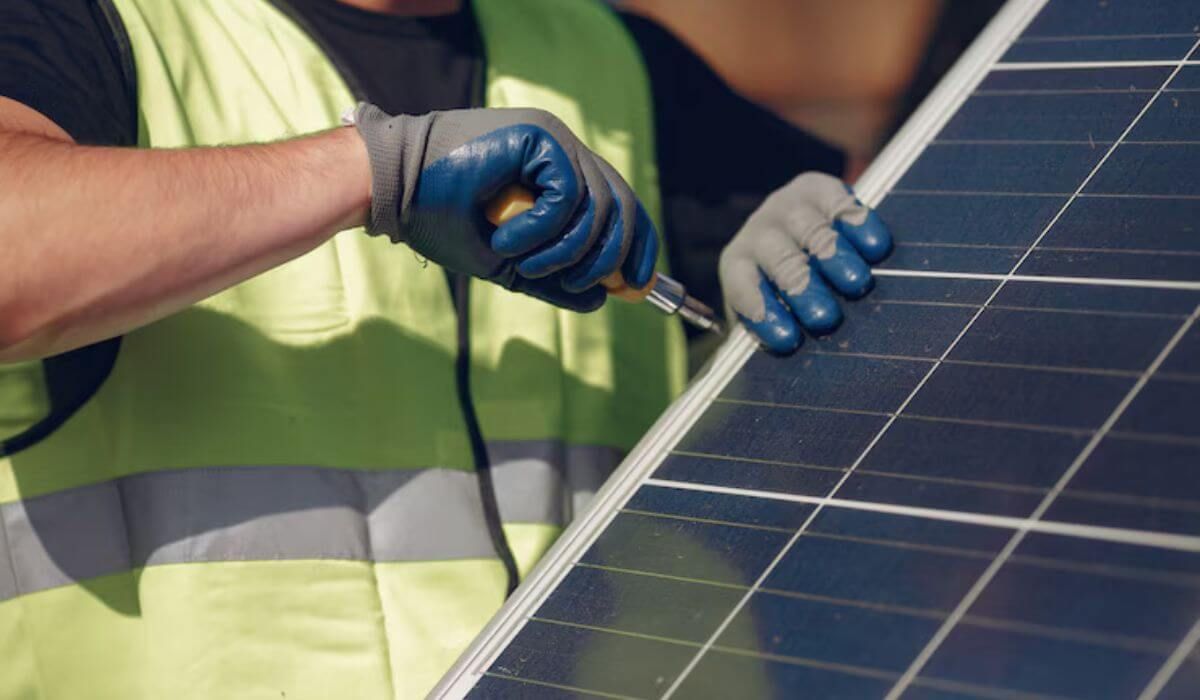
Waterproofing Tips for Solar-Powered Security Cameras
Sealing and Reinforcing Entry Points
Most damage starts small—like gaps where wires meet the wall:
- Use
weather-grade silicone sealant around mounts and ports
- Add
rubber gaskets to screws and brackets
- Seal all holes when installing on brick, timber, or metal surfaces
Best Practices for Wiring and Connectors in Outdoor Environments
Protecting the backend is just as critical:
- Use
weatherproof junction boxes to house connections
- Choose
UV-resistant, flexible cabling to handle temperature changes
- Tighten all fittings to prevent moisture from entering plugs or adapters
Best Weatherproof Outdoor Security Cameras for 2025
Top Features to Look for in All-Weather Solar Cameras
When choosing a weatherproof model, prioritize:
- Heaters for sub-zero temperatures
- Anti-fog lenses and sealed optics
- Dual antenna systems for a stronger signal in stormy areas
- Long battery life with
adaptive charging for cloudy days
Recommended Models for Different Needs
- Reolink Argus 3 Pro (for home users): IP65, solar-ready, 2K video
- Arlo Go 2 LTE + Solar Kit (for remote areas): LTE support, IP67, large battery
- Ubiquiti UniFi G4 Pro (for businesses): weatherproof, smart alerts, AI detection
Each offers solid waterproofing, excellent image clarity, and long-term reliability.
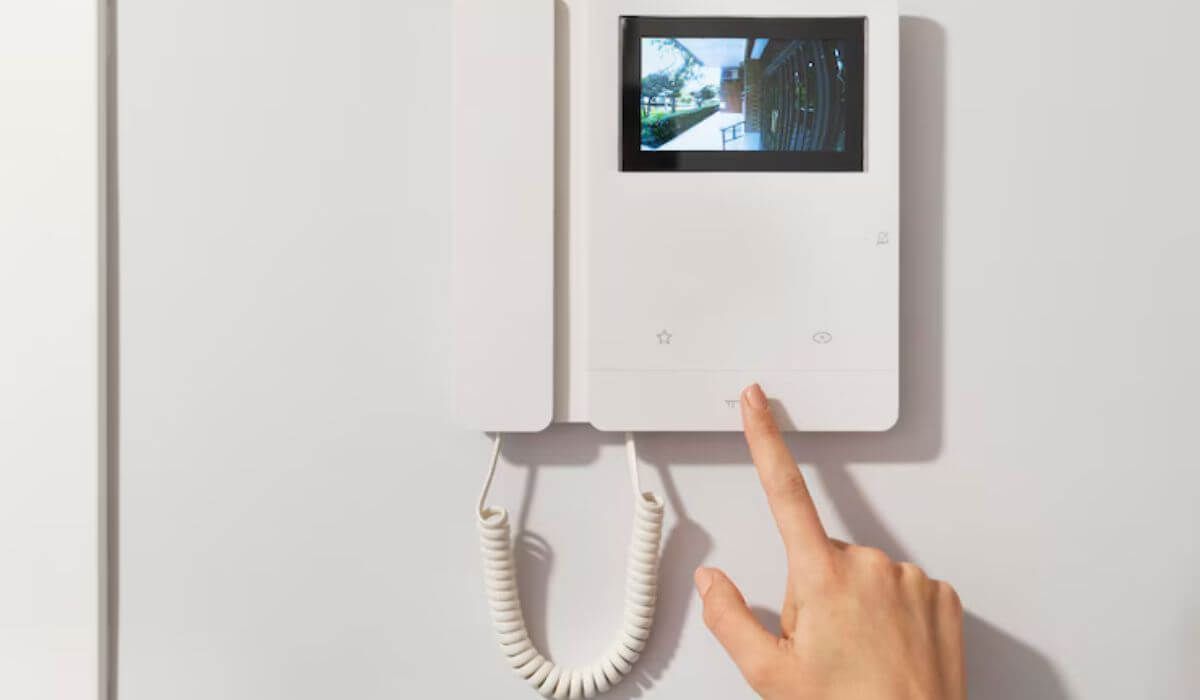
Outdoor Camera Installation in Bad Weather – What You Should Know
Can You Install in the Rain or Snow?
In short, avoid it unless absolutely necessary. Wet surfaces reduce adhesion, increase risks, and compromise waterproofing efforts.
If unavoidable:
- Use
temporary shielding (umbrellas, tarps)
- Wear
non-slip gloves and insulated gear
- Be cautious of ladders and slippery surfaces
Safety and Performance Tips During Harsh Installation Conditions
- Use
quick-dry waterproof adhesives
- Seal as you go—don’t wait until everything is mounted
- Pre-drill with waterproof grommets to avoid future cracks
Stay Secure in Any Weather with Smart Planning
Weatherproofing outdoor solar cameras isn’t complicated—but skipping it could cost you time, footage, and peace of mind. From selecting the right camera with a reliable IP rating to sealing connectors and cleaning your panels seasonally, these techniques ensure your system runs smoothly year-round.
For expert guidance, installation, and trusted weatherproof security systems, turn to Scavi. Our team in Sydney understands Australia’s toughest conditions and delivers camera setups designed to last.
Stay safe, stay powered—choose Scavi for your weatherproofing outdoor solar cameras needs.

